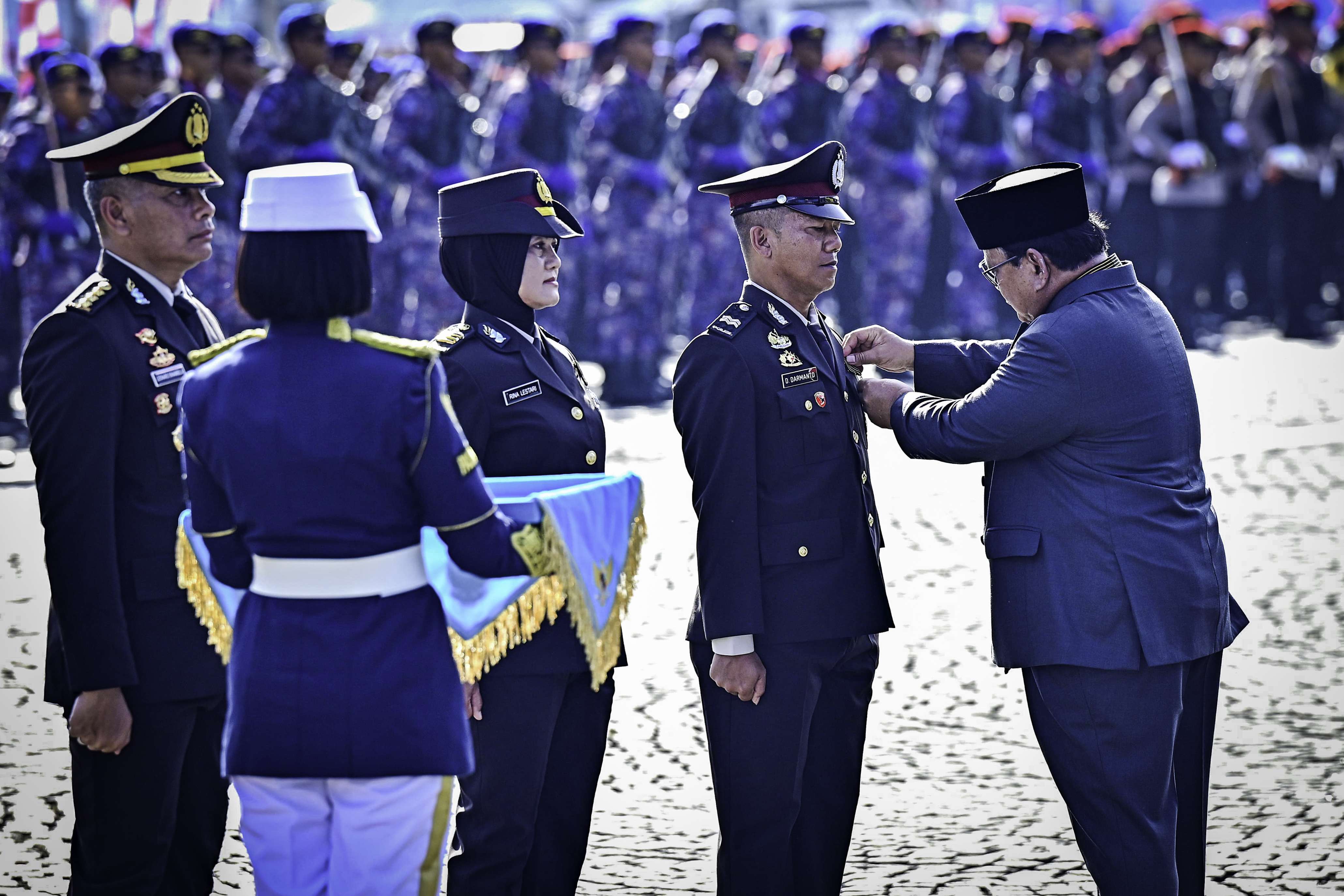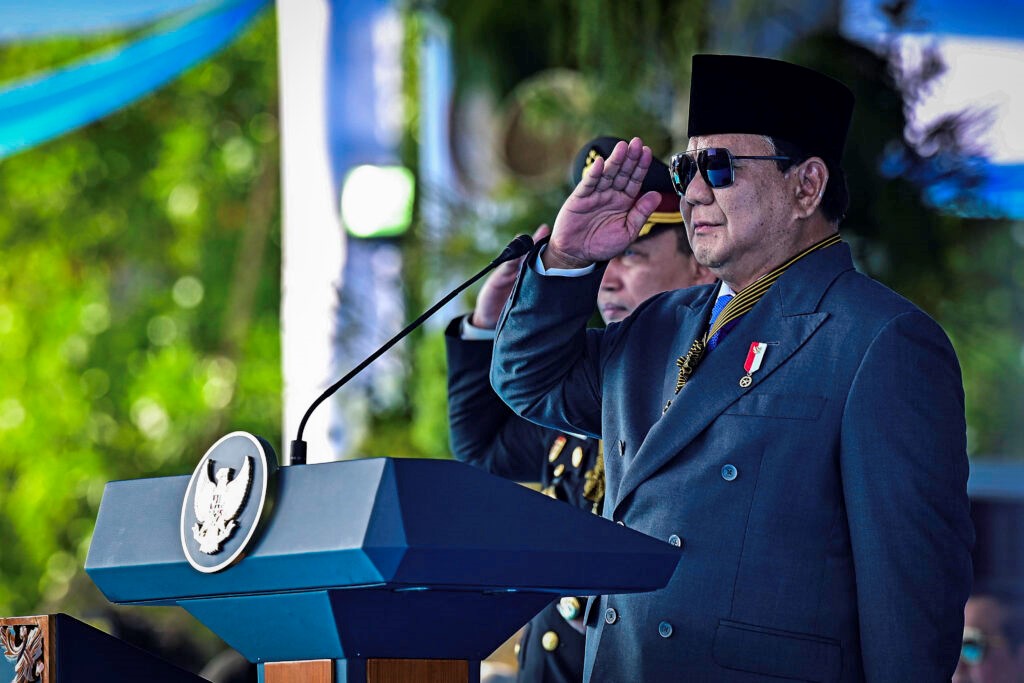Community-based Landslide Early Warning System From Indonesia Becomes International Standards

Head of National Agency for Disaster Management, Willem Rampangilei, receives an award for Community-based Landslide Early Warning System in Sydney, Australia, Friday (16/3). (Photo: Public Relations Division of BNPB)
The International Organization for Standardization (ISO) officially declared a Landslide Early Warning System (LEWS) from Indonesia to be published as ISO 22327. This declaration was presented by ISO TC 292 Secretariat at the Australian Standardization Office, Sydney, Friday (16/3).
With this declaration, the LEWS, which was developed by Gadjah Mada University (UGM) Yogyakarta together with National Agency for Disaster Management (BNPB) was upgraded to ISO 22327 as Guidelines for Implementation of a Community-based Landslide Early Warning System.
Head of BNPB Willem Rampangilei said that this landslide early warning system was made as a form of Indonesia’s contribution in sharing knowledge and experience to the world to save the community from the threat of landslide.
“Let’s create an earth that is safe from disaster for our future generations,” Willem said at the Plenary Meeting of ISO Sydney, Australia, Friday (16/3), according to press release released by Head of Data, Information and Public Relations Center of BNPB, Sutopo Purwo Nugroho, this afternoon.
The Head of BNPB reminded that a good early warning system should be interconnected and not stand-alone to be effective as an early warning system.
Community is very important as a core part of the system because they are the ones who will get the threats. Communities must become the part of the system and must understand how the system works, Willem continued.
Through the declaration of the ISO, according to the Head of BNPB Willem Rampangilei, this landslide early warning system can strengthen Indonesias position as world disaster lab. In addition, disaster industry can grow and contribute more to protect communities from the threat of disasters, which in the end will have positive impact on sustainable economic development.
The LEWS consists of 7 sub-systems which developed from community-based early warning concept of the UN International Strategy for Disaster Reduction (UNISDR).
The sub-systems are (1) risk assessment, (2) dissemination, (3) creation of disaster preparation teams, (4) development of evacuation operational guidance, (5) preparation of fixed procedures, (6) monitoring, early warning and evacuation drills, and (7) establishing the commitment from local authorities and community in the operation and maintenance of the entire landslide early warning system.
At the beginning, this LEWS was tested in more than 150 locations in Indonesia. Then the system was developed to get the Indonesian National Standard (SNI) and finally set in 2017.
Head of Data, Information and Public Relations Center of BNPB, Sutopo Purwo Nugrogo added, along with the process of drafting the SNI, Indonesia has also proposed for preparation of International Standard through ISO.
“The proposal was approved by ISO / TC 292: Security and Resilience Committee on Working Group 3: Emergency Management, before finally got ISO 22327,” Sutopo said.
He said the long process to get ISO since 2014 is inseparable from the initiative and joint efforts of BNPB, National Standardization Board (BSN) and UGM. However, LEWS is expected to contribute significantly to landslide hazards in Indonesia. More than 40 million people in 274 regencies/cities are exposed to landslides. Landslide itself is the most deadly disaster in Indonesia. (ES) (STU/BMM/Naster)








